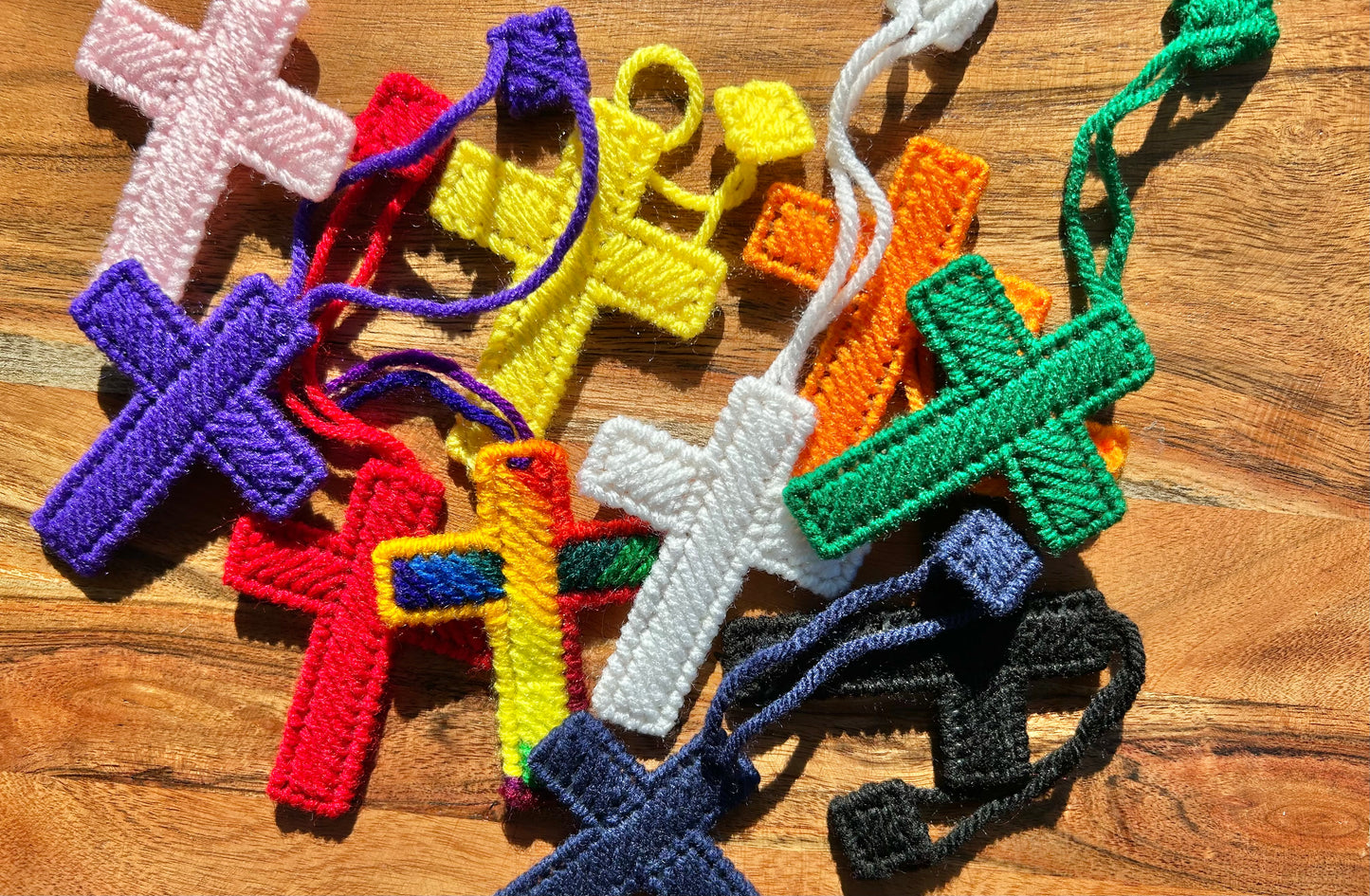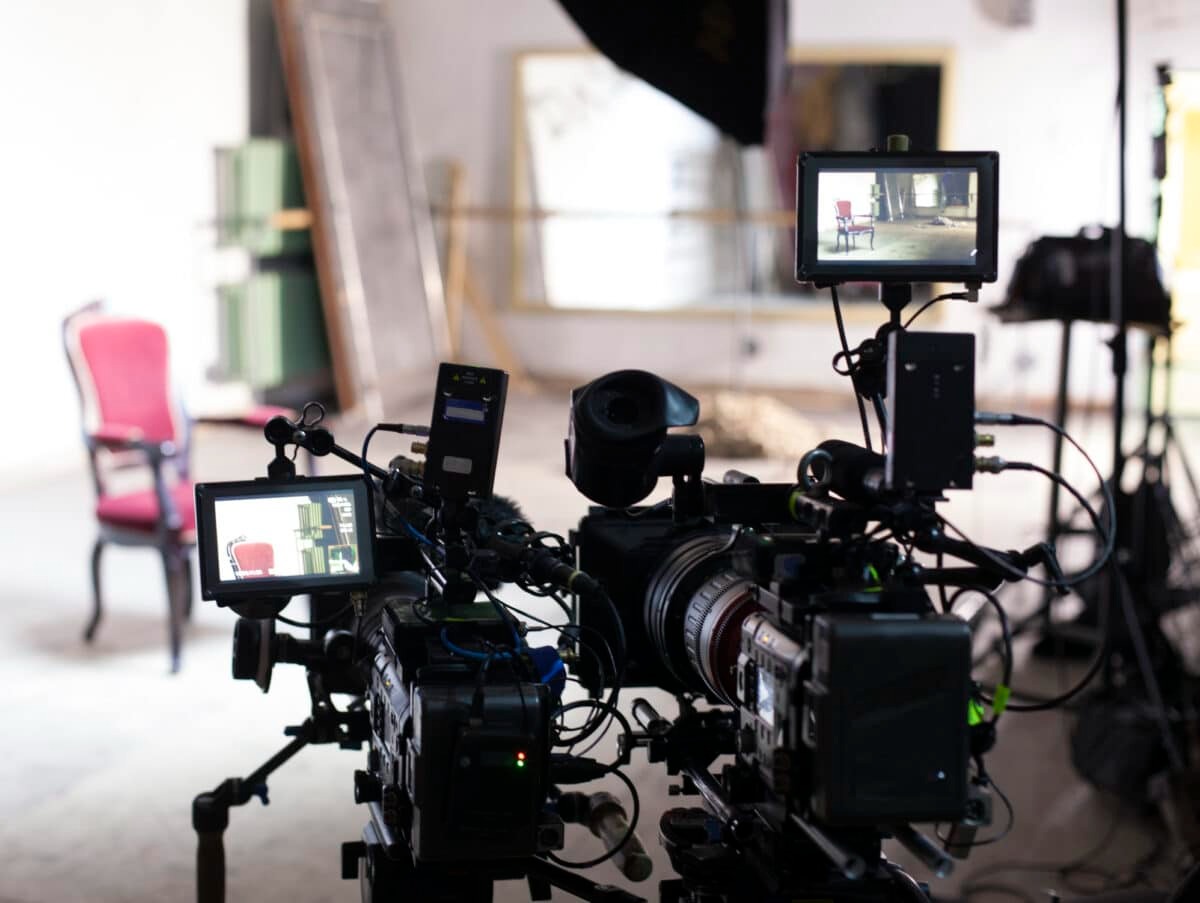Introduction
From the earliest days of Christianity, the cross has been a profound symbol of faith, sacrifice, and redemption. While mass-produced religious items are common today, Handmade crosses hold a unique place in Christian worship. These artistic creations not only embody devotion but also carry the touch of the artisan, turning simple materials into sacred expressions of faith. At the Jerusalem Art Museum, handmade religious art continues to inspire believers and art enthusiasts alike, connecting spiritual meaning with craftsmanship that transcends time.
In this article, we explore the beauty, symbolism, and enduring relevance of handmade crosses, and why they remain central to Christian worship and cultural heritage.
The Historical Significance of Handmade Crosses
Early Christian Traditions
The tradition of creating crosses by hand dates back to the earliest Christian communities. In times of persecution, believers carved wooden or stone crosses in secret as a testament to their faith. These handmade crosses were not merely objects but powerful declarations of identity and resilience.
Evolution Through the Ages
Over centuries, artisans across different cultures incorporated local materials, symbols, and techniques into handmade crosses. Byzantine crosses featured intricate mosaics, Celtic crosses displayed knotwork patterns, and Latin crosses emphasized simplicity. Each handmade design reflected both regional artistry and the universal Christian message.
Symbolism Behind Handmade Crosses
A Personal Expression of Faith
Unlike factory-produced items, handmade crosses carry an intimate sense of devotion. Every carved line, polished surface, or hand-painted detail reflects the maker’s reverence, making each cross unique.
Cultural and Spiritual Layers
Handmade crosses often integrate cultural elements alongside Christian symbolism. For example, Middle Eastern artisans might use olive wood, a tree deeply rooted in the biblical landscape, while European craftsmen might favor silver or iron, symbolizing strength and endurance.
Craftsmanship and Materials in Handmade Crosses
Natural Woods
Wood has long been the most common material for handmade crosses. Olive wood, particularly from the Holy Land, is highly valued for its biblical significance and natural beauty. Its durability ensures that crosses last for generations, while the grain of the wood tells a story all its own.
Metalwork and Gemstones
In some traditions, artisans use silver, gold, or bronze to craft handmade crosses, sometimes adorning them with gemstones. These materials highlight not just the sacred nature of the cross but also the reverence given to worship itself.
Textiles and Mixed Media
Handmade crosses are not limited to rigid materials. Embroidered crosses on vestments, woven designs, or mosaic compositions also fall within this tradition. These approaches highlight the versatility of religious artistry and its ability to adapt across cultures.
The Role of Handmade Crosses in Worship
Liturgical Significance
In churches, handmade crosses often serve as central focal points during worship. From altar crosses to processional designs carried in ceremonies, each handmade piece enriches the spiritual environment, inviting contemplation and reverence.
Personal Devotion
Beyond church walls, believers keep handmade crosses in their homes, wear them as pendants, or place them in personal prayer spaces. These sacred objects provide comfort and remind Christians of Christ’s sacrifice in daily life.
Handmade Crosses as Works of Art
Preserving Artistic Traditions
The beauty of handmade crosses lies not only in their symbolism but also in the preservation of ancient craftsmanship. Artisans pass down techniques from one generation to the next, ensuring that each handmade cross reflects centuries of accumulated skill and tradition.
Exhibitions and Collections
Institutions like the Jerusalem Art Museum showcase handmade crosses as both devotional objects and artistic masterpieces. By displaying these works, museums bridge the worlds of faith and art, allowing visitors to appreciate their aesthetic and spiritual resonance.
Handmade Crosses in Modern Times
A Return to Authenticity
In a world of mass production, there is a growing appreciation for authenticity and uniqueness. Handmade crosses embody this shift, offering believers not just a symbol of faith but also a personal connection to craftsmanship and tradition.
Supporting Artisans and Local Communities
Purchasing handmade crosses often supports artisans who rely on their craft for livelihood. In regions like Jerusalem, where olive wood carving is a centuries-old tradition, these works sustain families and preserve cultural heritage.
Why Handmade Crosses Inspire Awe
Handmade crosses combine artistry, faith, and heritage in ways that mass-produced items cannot. They invite believers to connect not only with the divine but also with the human hands that created them. Each handmade cross carries a story—of devotion, of place, and of timeless Christian worship.
Conclusion
Handmade crosses are more than symbols; they are living testaments to the enduring bond between faith and creativity. Rooted in history, infused with cultural meaning, and crafted with devotion, these crosses enrich Christian worship in ways both profound and personal.
For visitors to the Jerusalem Art Museum, handmade crosses offer an opportunity to experience this blend of art and spirituality firsthand. Whether displayed in a church, worn as a personal emblem, or admired as a work of craftsmanship, handmade crosses continue to inspire awe and devotion across generations.



